Starting an online store with no money isn’t a gimmick or scam. Instead, dig deeper and approach it with a growth mindset to see that it’s not impossible but requires market research, playing the cards right, and having a creative vision. CBRE reported the average profit of eCommerce stores is between 15–30% compared to 8% for brick-and-mortar stores. Thus, if you’re looking to start an online store and think about selling clothing or apparel, you’ve picked up a great niche. This article will share strategies and instructions on how to start an online clothing store with no money.
Don’t wait any longer. Get started right away with the following 9 simple steps for starting your own clothing line!
- Step 1. Conduct market research
- Step 2. Choose on demand products
- Step 3. Define target audience and invest in customer experience
- Step 4. Outline business plan
- Step 5. Try dropshipping
- Step 6. Find a clothing manufacturer
- Step 7. Make use of open source software
- Step 8. Start writing blog
- Step 9. Leverage micro influencer marketing
- Related questions
Step 1. Conduct market research

The key to successful retail management is understanding the market industry. First, you need to analyze your potential customer base, growth opportunities, and competition. You probably already know about SWOT analysis, but you can start with some more straightforward questions:
- Is there a specific need in the market?
- What is the price of similar products in the market?
- Who are your customers?
- How much do customers want to pay for your products?
Tips:
- Find a niche market: If you focus on a specific target audience, you can have less competition, higher brand value, and more customer loyalty.
Step 2. Choose on demand products

The secret to how to start an online boutique with no money is to sell products that people want to buy and that are in high demand. The 3 simple ways to find product trends include:
- Lookup Google Trends. You can see how the clothing lines you are aiming for are developing.
- Check out the best-selling items on eBay or Amazon
- Look for reputable market reports. For example, a recent report by Grand View Research states that the worldwide market for sportswear will reach $549.41 billion by 2028.
If your product is on a big trend, it’s worth looking into and exploring further.
Tips:
- Choose inexpensive products, as this will give customers a reason to buy. T-Shirts, hoodies, leggings, backpacks, or socks are great options.
- Evaluate the right price for your product — a price that matches the cost of production
Step 3. Define target audience and invest in customer experience

The better you understand your customers, the easier it is to advise them. To personalize customer experiences with centralized customer data, you can use POS data to connect customer touchpoints seamlessly. From there, you can build more substantial experiences and streamline your communication. Finally, identify and organize your potential customers into different groups based on their demographics, whether they shop online or in brick-and-mortar stores.
Tips:
You can invest in a POS system for clothing stores to manage your customer base, shopping habits and synchronize discounts and promotions online to offline. In addition, we recommend choosing the one with 3 essential features for a sustainable customer experience:
- Click and collect: It’s a rising self-delivery method for customers during social distancing due to COVID-19.
- Refund by store credit: You can encourage customers to buy back by getting store credit back instead of cash.
- Exchange: When a customer is not satisfied with the design of the product, or the size, you can process an exchange for both online and offline orders on the same POS system.
Step 4. Outline business plan

You now have a product and customer segment. The next step is to find the best business model for how to start a clothing line for free. A good business plan helps you through each stage of starting and managing a sustainable business. You can work with different manufacturers to create a wide range of products. There are 4 most popular business models, including:
- Dropshipping from your website
- Sell private label products on Amazon FBA
- Sell private label products on your website
- Sell wholesale products on your website
Tips:
You should consider this approach: Set goals, identify problems, and find solutions. Here are some suggested questions to avoid missing any important aspects:
- How much does it cost me to start this clothing brand?
- Do I need investors?
- Who will manufacture my product?
Step 5. Try dropshipping

Dropshipping is an eCommerce model where the retailer does not handle the product itself. Instead, you buy from third-party vendors and ship them directly to your customers. So, the next step is to make sure that the products you choose are in stock on your dropshipping database and offer a dropship order management system. It’s an easy and low-cost approach on how to start an online clothing store with no money. First and foremost, you don’t have to keep any products, eliminating the cost of buying and storing inventory. Then you don’t have to worry about distribution and shipping. With this model, you only pay for products when a customer places an order and don’t take the risk if the product doesn’t sell.
Tips:
Choose a supplier with good ratings when sourcing products. You can start your online store with popular dropshipping providers like Amazon or AliExpress.
Step 6. Find a clothing manufacturer

It’s essential to find a reliable clothing manufacturer to start a clothing business online successfully. To choose the proper manufacturer, carefully consider the pros and cons of each manufacturer, including: quality, lead time, minimum order requirements, capabilities of the manufacturer. In addition, there are options such as hiring on-site sewing workers, outsourcing domestic factories, manufacturing overseas, or using print on demand services. You’ll have plenty of options ready to find the best fit for your store or even create your own design for free. That’s how to start a clothing line with no money.
Tips:
Always order samples and check that the product is aesthetically pleasing, durable, withstand multiple washes, and meets the brand’s quality standards.
Step 7. Make use of open source software
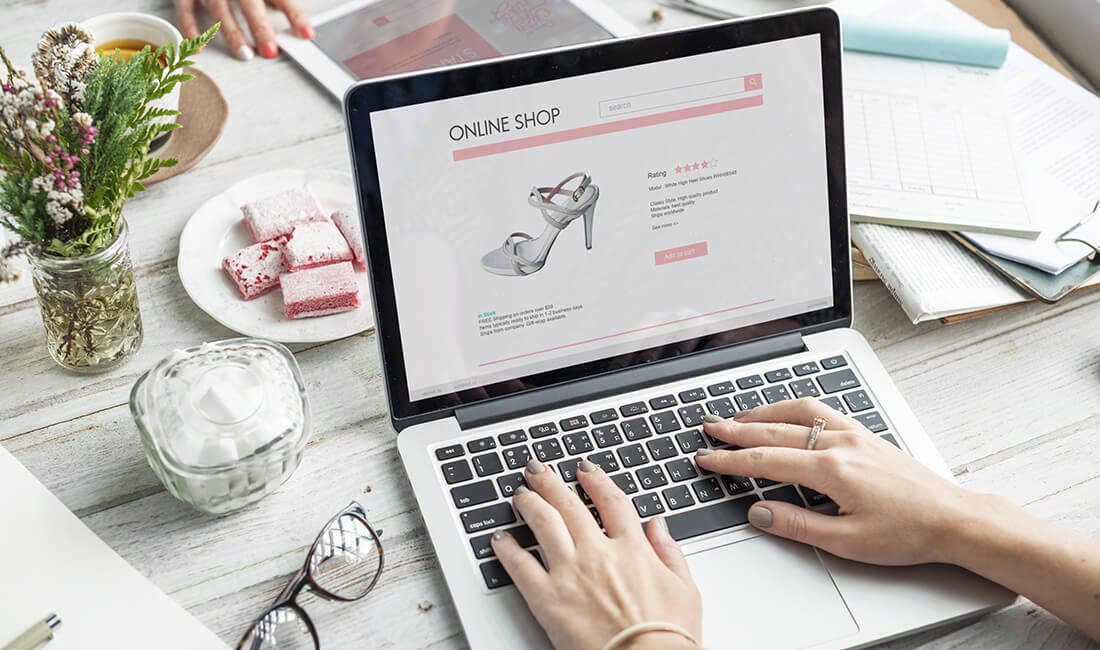
You may wonder how to start a clothing business online with no money. Let’s consider free open source software to save starting costs. Open source solutions are also beneficial as you expand and grow as they allow you to have the source code and customize it according to your unique needs.
Free open source platform for building website
When starting your own clothing line online, you need to set up a website to host your store on an eCommerce platform. The most popular and free open source options are Magento, WooCommerce, Etsy, Wix, eBay, and Shopify. They have built-in designs and templates to help you set up your store quickly. So you don’t need to hire a website designer to create a visually appealing store. Likewise, you don’t need to know software development to set up your online store. These platforms allow you to customize your store and easily manage payments and shipping. Make your products stand out by creating an engaging website that inspires trust, shares your vision, and entices customers to browse.
Tips:
If you are new, Magento is an easy-to-use recommendation platform used by over a million businesses from small to large worldwide.
Take advantage of Shopify’s limited-time deal – 3 months for only $1! If you haven’t opened your store yet, now’s the perfect time.
Free open source POS software to connect online to offline

Additionally, suppose you have a brick-and-mortar store connected to your eCommerce website. In that case, you’ll be able to consider features for syncing order management and inventory between online and offline channels. From there, you don’t lose a single business opportunity. POS eCommerce integrations seamlessly connect to the native website platform.
Tips:
- With Shopify platform, you can use the built-in POS feature in core. However, you’ll need to pay a monthly fee for them.
- If you need a completely free version, POS Open is the perfect choice for small businesses with websites on Magento platform.
Step 8. Start writing blog

Blog is the best and free way to promote your new clothing line. First, however, you’ll need search engine optimization or SEO. That means you need to add the right keywords in the right places for your article to be indexed well on Google. From there, your blog post on your website will have many impressions with the desired audience.
Tips:
- Leverage storytelling to increase brand equity and product recognition: Customers love unique brands. So, you can tell a story about the birth of your product or share successful case studies using your product.
Step 9. Leverage micro influencer marketing

You can leverage and work with small influencers to go viral with your products. To do that, first, you’ll need to set up an affiliate marketing program with the participants and send them a message with a coupon or discount code. Then, you can pay them a certain percentage as an affiliate fee for every purchase. It doesn’t require any complicated tools or mechanisms.
Tips:
You can use tools like BuzzSumo or Iconosquare to identify relevant small influencers. They offer free trials so you can get started with your affiliate program with no investment.
Related questions
How much does it cost to start an online store?

To start an online store costs from $0—100,000. There is no fixed and unique price for building an online store. For example, a small company might spend $1,000—10,000, while a large business might spend $50,000—100,000. Costs vary for different companies, depending on 3 factors: barriers to entry, mobility (do you want to run your business from anywhere, such as how to start a small clothing business from home), and scalability.
How profitable is an online boutique?
The profit of an online boutique is around $90 billion a year. According to Statista, the revenue of the apparel and accessories online retail sector in the United States is $138 billion in 2022 and is expected to reach $283 billion by 2022.
Do I need a business license to sell online?

Yes, you need a business license to sell online. It’s an essential part of establishing your business and its legitimacy. You may need a combination of small business tax registration and licenses at different levels to open and operate an online business. It depends on your business size and your location, including the following major license types:
- Seller’s permits
- Reseller’s permits
- General business licenses
Final thoughts
As you can see, starting your own clothing line is not a simple task. Hopefully, this article has guided you on how to start an online clothing store with no money with a more straightforward approach: the global apparel market and growing eCommerce present great opportunities for anyone willing to seize them. So start designing, find your passion, and make the digital transformation to your business. Along with all the complexity, the rewards are enormous.
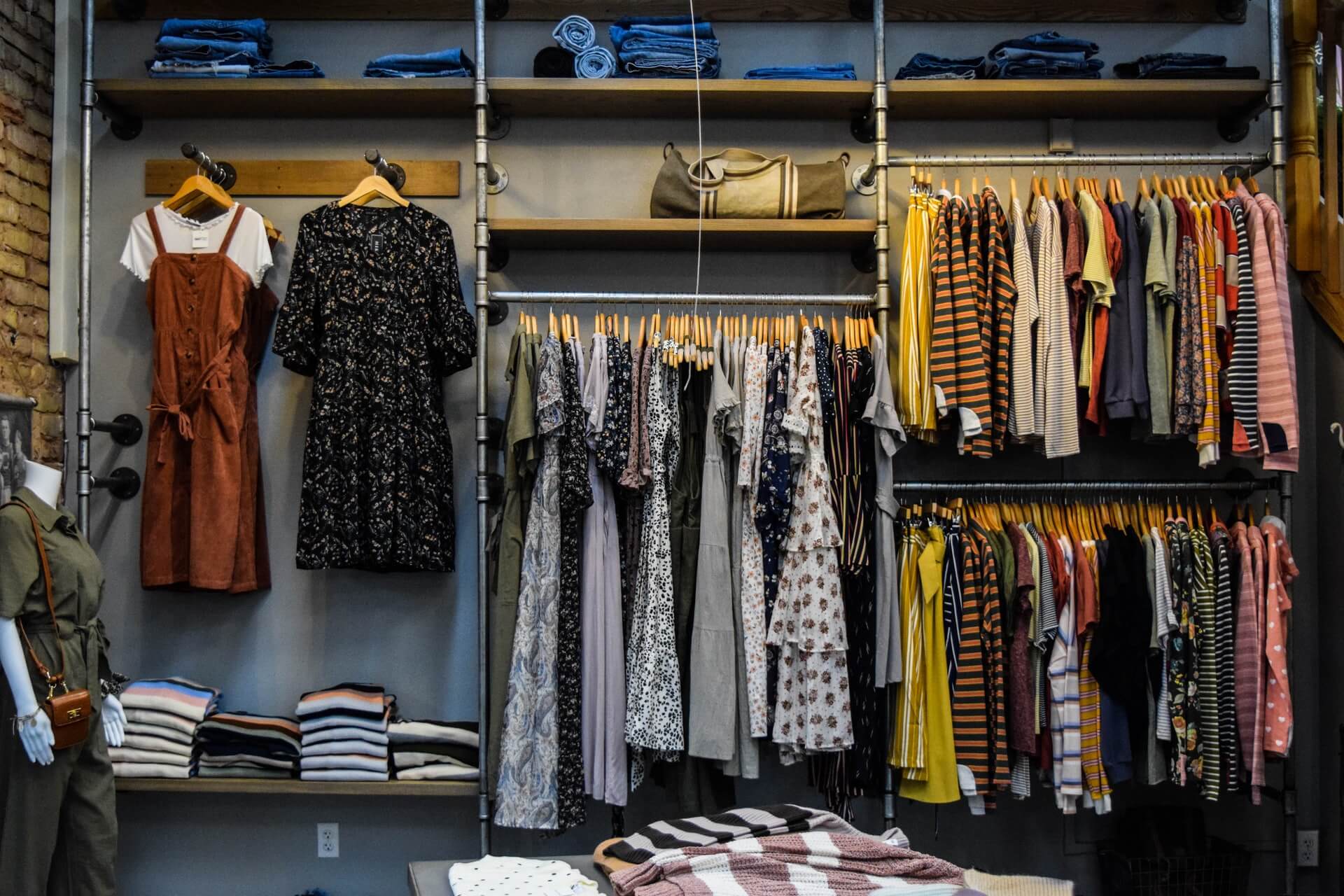
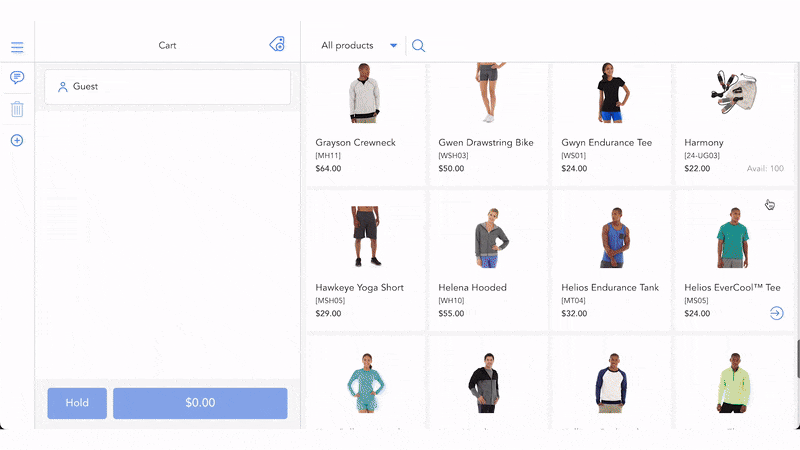


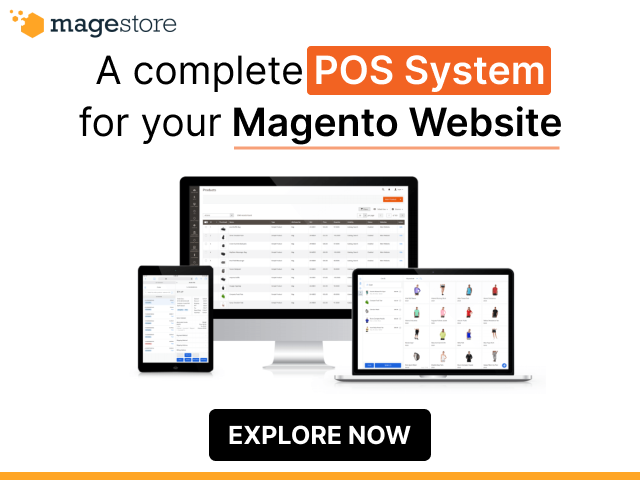


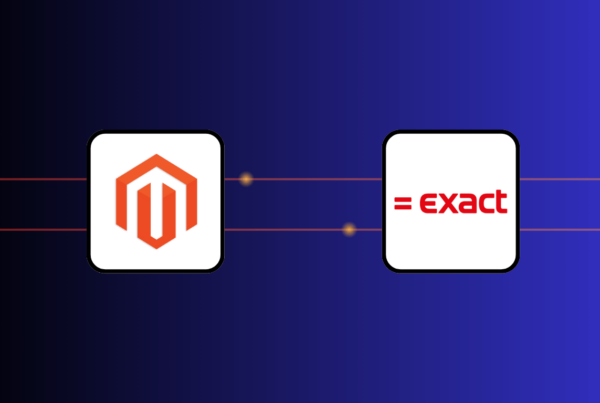




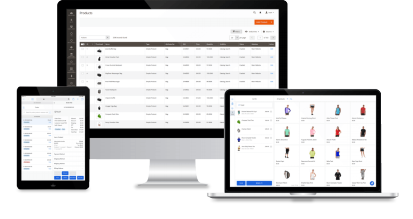

I can’t even begin to envision dedicating the necessary time to research, let alone write an article of this nature. Your work exceeds my expectations.
Starting an online clothing store with no money is possible by leveraging free platforms like social media, Etsy, or Shopify’s free trial. You can begin by drop shipping or selling pre-owned items to minimize upfront costs, while building a strong brand identity and marketing through organic content and word of mouth. Keep going on these types of wonderful Blogging, Thank You.
I have never seen this type of article am totally impressed to this one, And in this very clear how to start online clothing store without money follow this rules and start your business Best Of Luck.